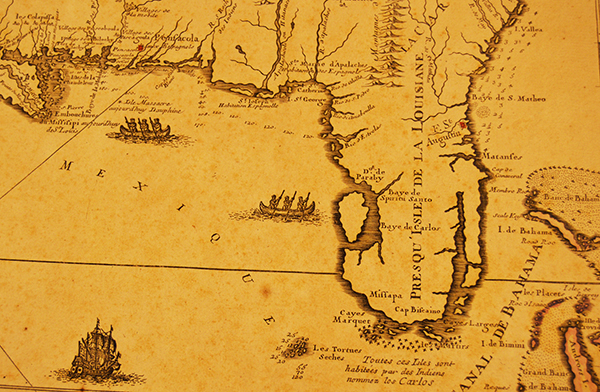
Florida has not been kind to its rivers, which is sad because they have been very good to us. From the earliest days of European exploration of the peninsula, rivers have defined the state, offering relatively safe and easy passage into the mysterious interior.
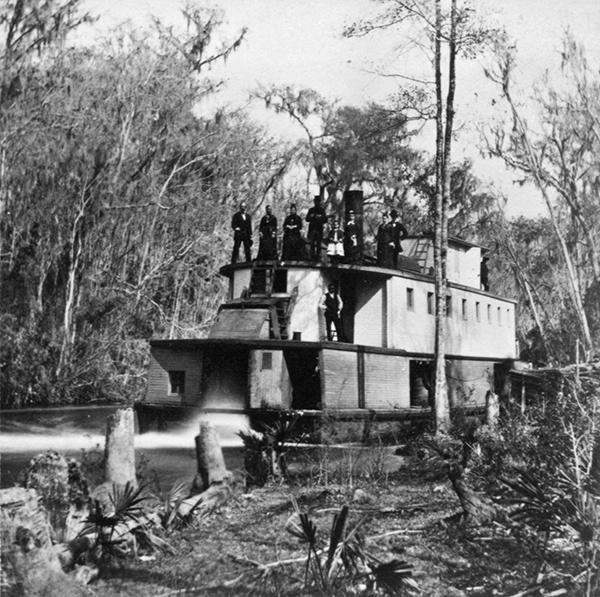
In the late 1800’s the rivers carried tourists inland and commercial products and farm goods out, forming the arteries of Florida commerce until the maturation of the railroads and highways (see: https://myfloridahistory.org/frontiers/television/episode/33 for more).
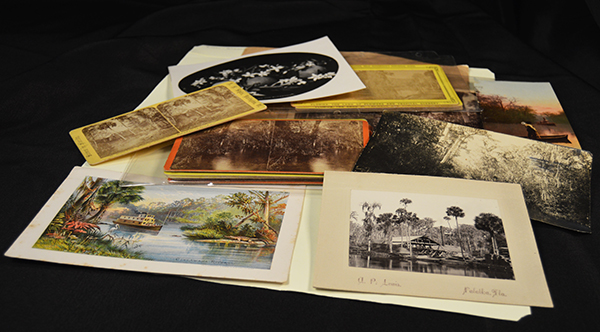
Beyond the transportation opportunities, the simple beauty of the rivers, as seen in photos and postcards in the collection of the Library of Florida History, has inspired artists and photographers for generations.
In return they have often been neglected, dammed, filled in or cut off. Florida Historical Society Quarterly editor, Connie Lester, delves into this sad history in a segment of Florida Frontiers radio show (https://myfloridahistory.org/frontiers/radio/program/422).
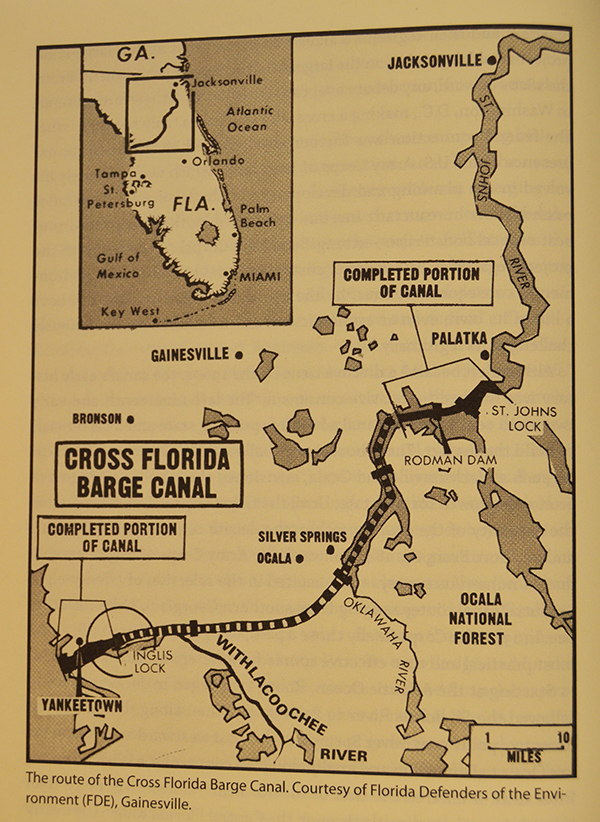
In particular, she recounts the long, and some would say infamous, story of the “Cross Florida Barge Canal”, a scheme to link the east and west coasts of Florida by waterway, knocking off three days’ travel by ships hauling goods to and from the Mississippi River and Atlantic ports. It also became more and more apparent the 30 foot deep ditch might also knock off the Florida Aquifer, the main ground water source for all of state below the canal.

The story of the canal investors, who repeatedly resurrected the long delayed project and the environmentalists who opposed it, led in end by Marjorie Harris Carr, fills books, and
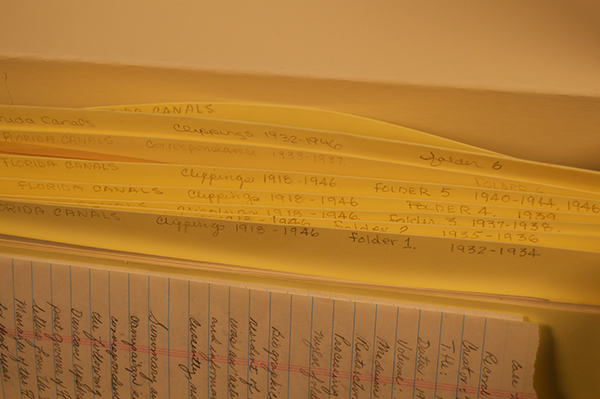
newspaper articles, the first drafts of all that history, fill archival file folders.
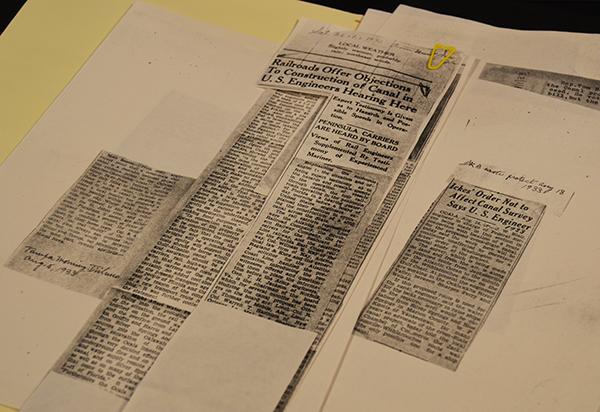
The individual stories provide a firsthand look at the issues and attitudes of the people living through that history in real time.
The project’s last gasp came in the 1960s when it had the support of people who could make it happen: the leadership in Washington.
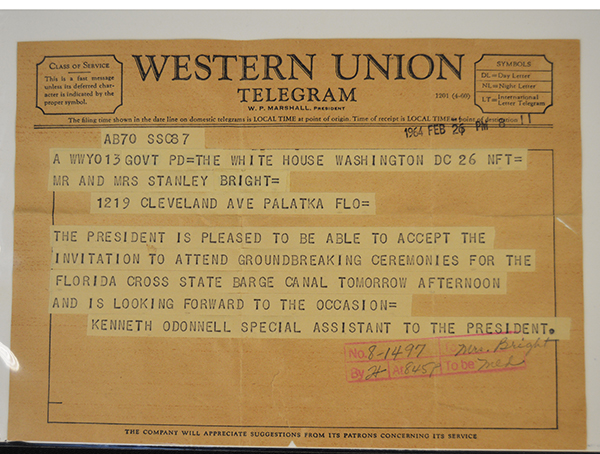
In fact, President Lyndon Johnson attended the 1964 groundbreaking ceremony for the resumption of construction, festivities that used explosives instead of the traditional shovel.
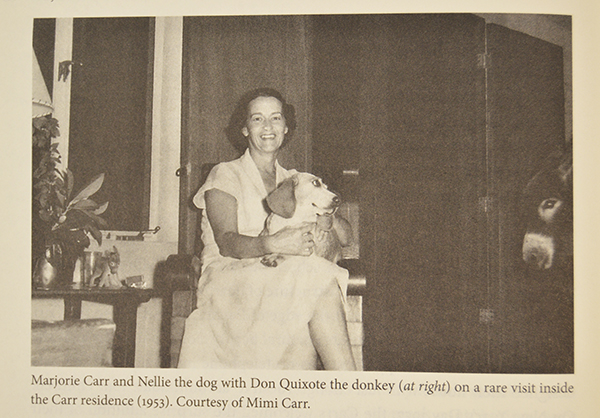
However, they were not prepared to go up against Marjorie Carr and a coalition of local and even national environmentalists. Their lawsuit resulted in a temporary injunction in January, 1971 and a few days later President Richard Nixon signed an executive order ending work.
What do we have to show for the approximately $74 million (in 1960s dollars) that was spent by the end of work? The Marjorie Harris Carr Cross Florida Greenway (https://www.floridastateparks.org/Cross-Florida), and the aquifer.







